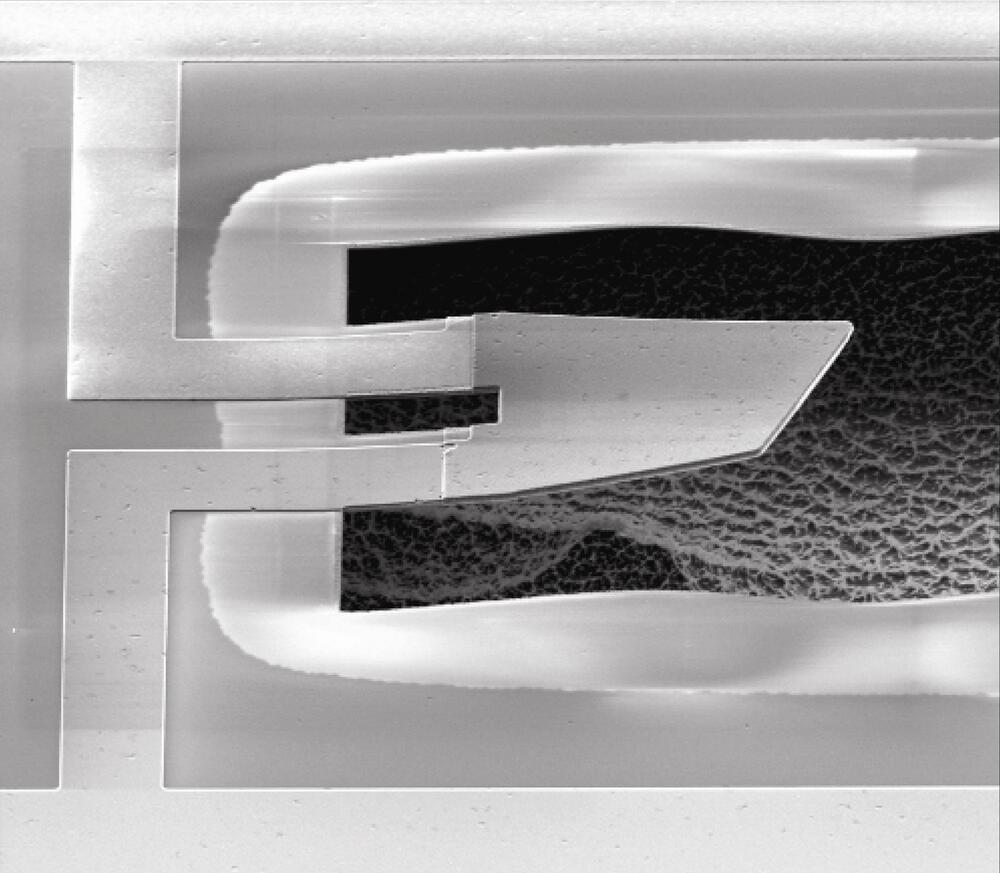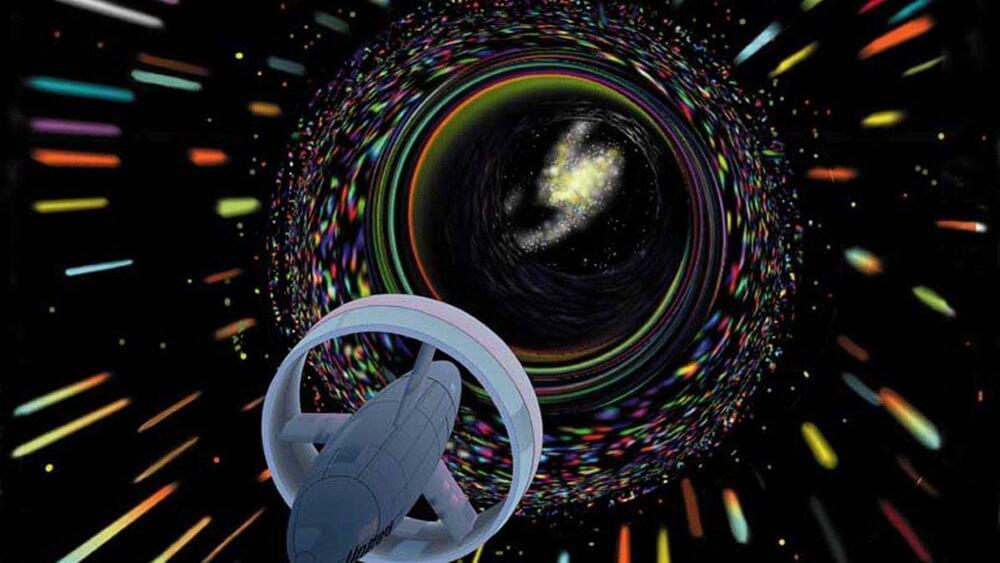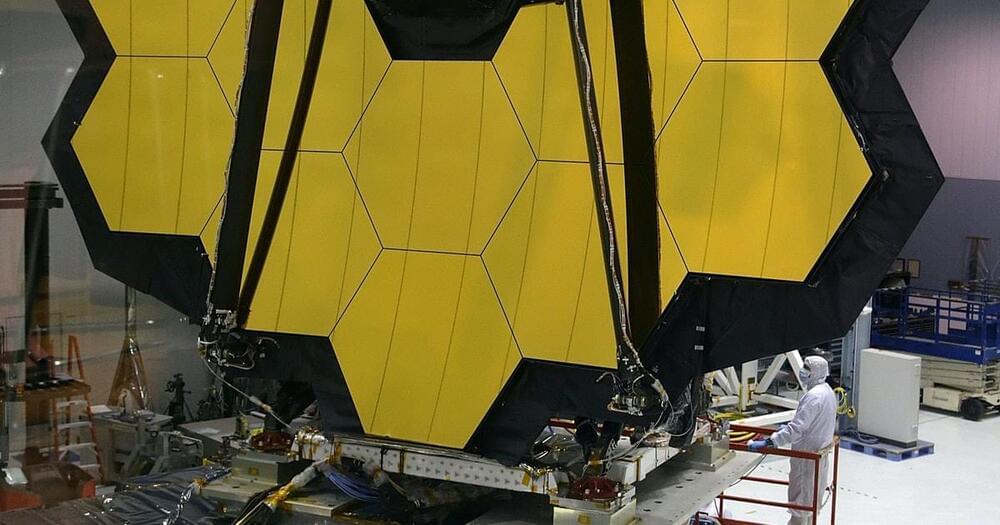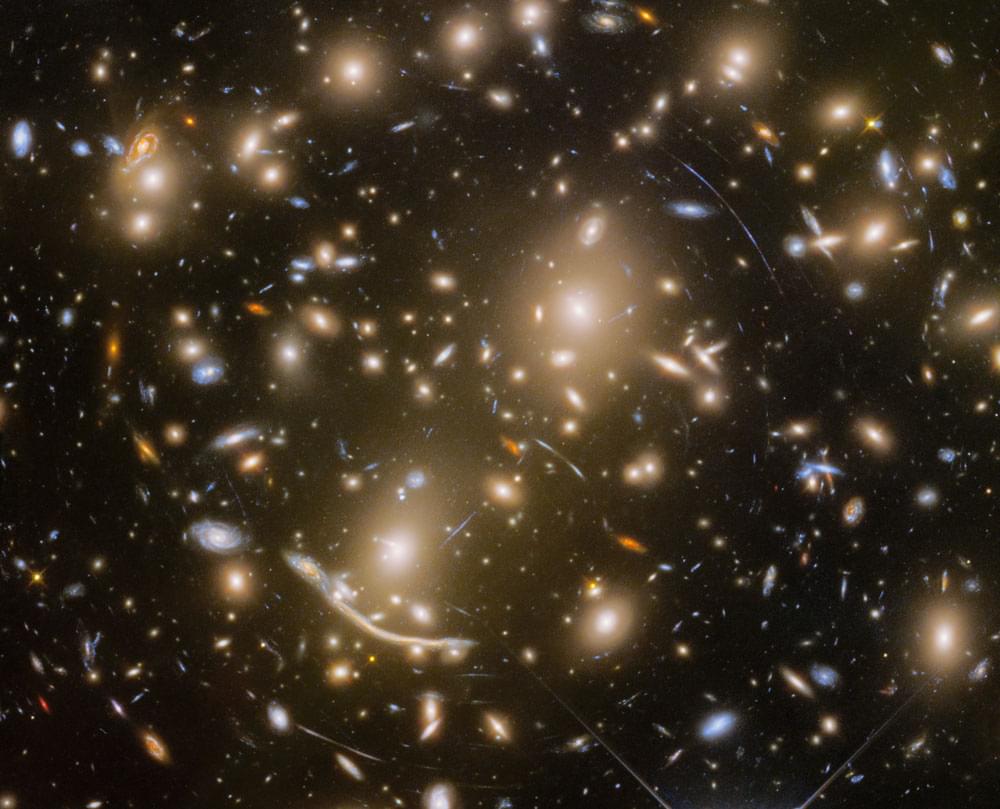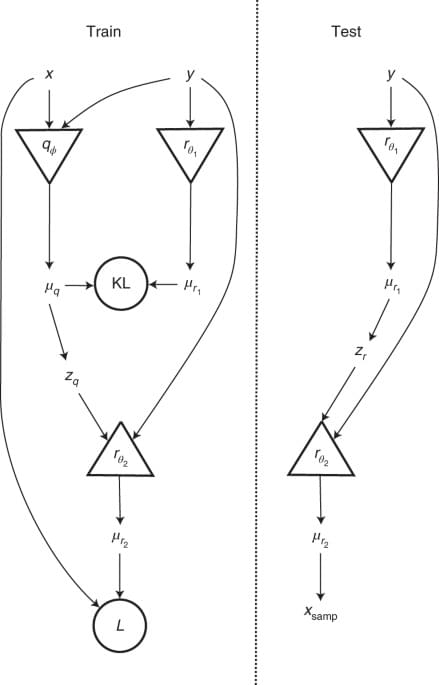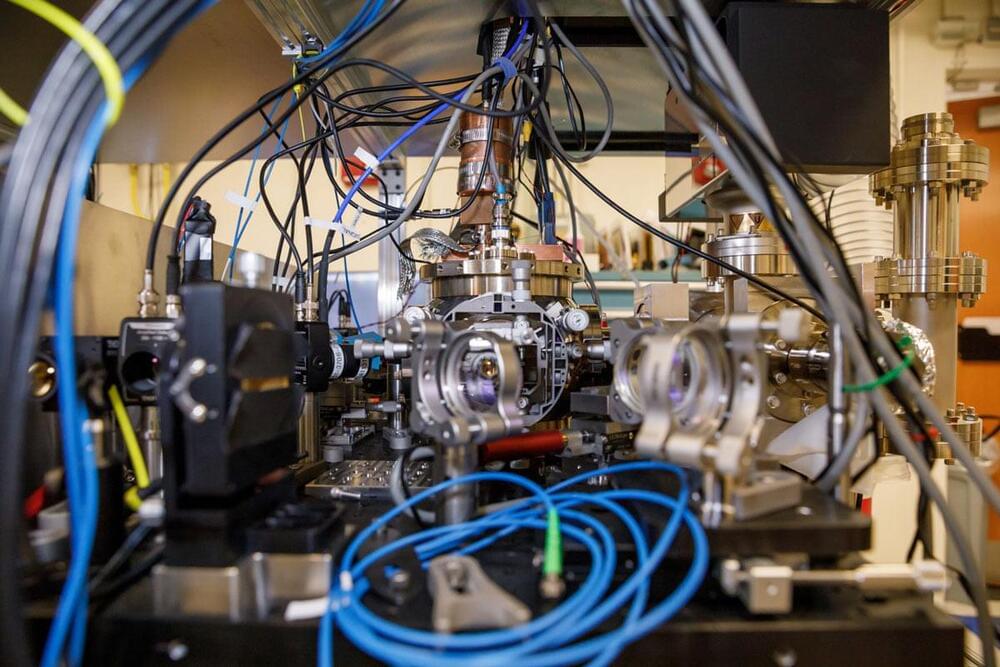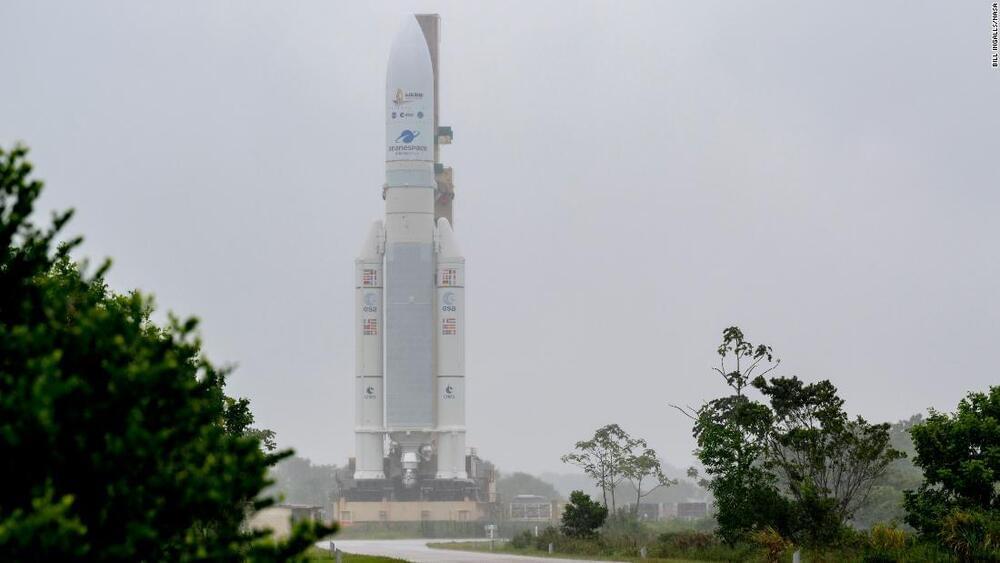This paper discusses the quantum mechanics of closed timelike curves (CTC) and of other potential methods for time travel. We analyze a specific proposal for such quantum time travel, the quantum description of CTCs based on post-selected teleportation (P-CTCs). We compare the theory of P-CTCs to previously proposed quantum theories of time travel: the theory is physically inequivalent to Deutsch’s theory of CTCs, but it is consistent with path-integral approaches (which are the best suited for analyzing quantum field theory in curved spacetime). We derive the dynamical equations that a chronology-respecting system interacting with a CTC will experience. We discuss the possibility of time travel in the absence of general relativistic closed timelike curves, and investigate the implications of P-CTCs for enhancing the power of computation.

